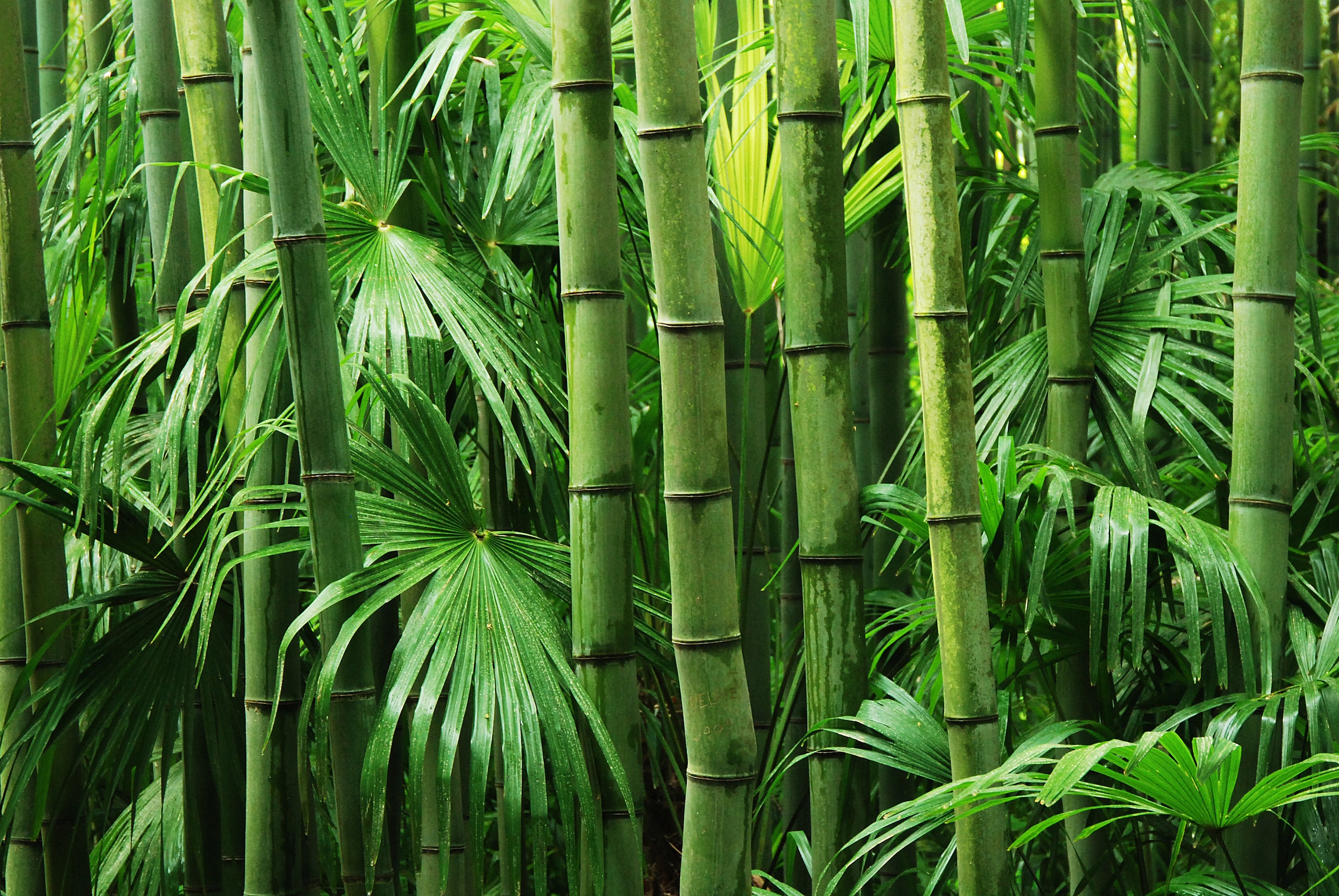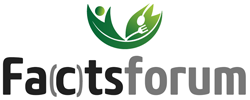Mike
Installeer de app
How to install the app on iOS
Follow along with the video below to see how to install our site as a web app on your home screen.
Opmerking: This feature may not be available in some browsers.
Je gebruikt een verouderde webbrowser. Het kan mogelijk deze of andere websites niet correct weergeven.
Het is raadzaam om je webbrowser te upgraden of een browser zoals Microsoft Edge of Google Chrome te gebruiken.
Het is raadzaam om je webbrowser te upgraden of een browser zoals Microsoft Edge of Google Chrome te gebruiken.
China
- Onderwerp starter fatsnotbad
- Startdatum
Mike
Lievergezond
Well-known member
https://share.google/Q6HJILIyKkZgdiBEa
Sterker dan gewoon plastic en na 50 dagen verdwenen: Chinese wetenschappers maken bamboeplastic
BamboeBron iStock
Chinese wetenschappers hebben een baanbrekend nieuw plastic ontwikkeld uit bamboe dat twee schijnbaar onverenigbare eigenschappen combineert. Het is sterker dan veel conventionele kunststoffen, maar breekt volledig af in de natuur binnen de vijftig dagen.
Dit artikel is geschreven doorMorien Raeymakers
is nieuwsredacteur bij De Morgen
Gepubliceerd op 8 oktober 2025, 21:00
Bewaren
Delen
Een team onder leiding van Haipeng Yu en Dawei Zhao van de Northeast Forestry University in het Chinese Harbin en de Shenyang University of Chemical Technology stond voor de uitdaging om een materiaal te creëren dat de functionaliteit van petrochemische plastics evenaart zonder de bijbehorende milieu-impact. Hun focus op bamboe als grondstof was niet toevallig.
“Door zijn snelle groei is bamboe een zeer hernieuwbare grondstof en een duurzaam alternatief voor traditionele houtbronnen”, licht Zhao toe. Sommige bamboesoorten groeien tot een meter per dag en levert jaarlijks tot 78 ton biomassa per hectare – ruim vier keer zoveel als gewoon hout.
Innovatief
De onderzoekers ontwikkelden een ingenieuze methode om bamboevezels af te breken tot op moleculair niveau en vervolgens te herstructureren. Ze gebruikten een speciale oplossing van zinkchloride en mierenzuur om de cellulose in bamboe te ontleden, waarna ethanol werd toegevoegd om de moleculen te herschikken in een nieuwe, sterkere configuratie.
Dit proces resulteerde in een materiaal dat de onderzoekers “bamboe moleculair plastic” (BM-plastic) noemen in hun publicatie in het gerenommeerde tijdschrift Nature Communications. Het innovatieve aspect zit in de manier waarop de cellulosemoleculen worden gemanipuleerd om een dichter en geordender netwerk te vormen dan in natuurlijke bamboe.
Sterker en duurzamer
De wetenschappers vinden de prestaties van het nieuwe materiaal spectaculair. Met een treksterkte van 110 megapascal overtreft BM-plastic veelgebruikte kunststoffen als polyethyleen (30 MPa) en het populaire bioplastic PLA (50 MPa) ruimschoots.
Bovendien behoudt het zijn vorm bij temperaturen van -30 graden Celsius tot 100 graden Celsius zonder te barsten of vervormen. Die thermische stabiliteit, gecombineerd met de hoge stijfheid, maakt het geschikt voor uiteenlopende toepassingen.
Het meest opzienbarende aspect van BM-plastic is wellicht zijn biologische afbreekbaarheid. In bodemtests desintegreerde het materiaal volledig binnen 50 dagen, terwijl conventionele plastics intact bleven. Dat lost een van de grootste uitdagingen van plastic op: de lange levensduur in het milieu.
Daarnaast is BM-plastic zeer goed recycleerbaar. Na herverwerking behoudt het 90 procent van zijn oorspronkelijke sterkte.
Talloze toepassingen
“Deze publicatie legt een methode vast voor het omzetten van overvloedige bamboecellulose in hoogwaardige, milieuvriendelijke materialen. Het biedt een haalbare manier om plasticvervuiling en afhankelijkheid van fossiele bronnen te verminderen”, stellen de auteurs.
De onderzoekers demonstreerden de veelzijdigheid van BM-plastic door er in het laboratorium diverse objecten van te maken, waaronder tandwielen, sterren en golfplaten. Het materiaal kon, net als conventionele kunststoffen, in mallen worden gegoten voor diverse producten. Volgens het onderzoek is het BM-plastic potentieel geschikt voor toepassingen variërend van auto-onderdelen en meubels tot elektronische behuizingen en bouwmaterialen.
Niet té enthousiast
Hoewel de resultaten veelbelovend zijn, is verdere ontwikkeling nodig voordat BM-plastic op grote schaal kan worden toegepast. De onderzoekers moeten nog aantonen dat het productieproces kosteneffectief kan worden opgeschaald en dat het materiaal zijn prestaties behoudt onder reële gebruiksomstandigheden.
Vervolgonderzoek is cruciaal, want de huidige publicatie is nog te beperkt. De tests zijn tot nu toe alleen uitgevoerd onder gecontroleerde laboratoriumomstandigheden. Het gedrag van BM-plastic in de “echte wereld”, waar het blootgesteld wordt aan diverse omgevingsfactoren, moet nog worden onderzocht.
Daarnaast is het materiaal slechts in één type bodem getest, bij een constante temperatuur van 25 graden Celsius. Het is nog onduidelijk hoe BM-plastic zich gedraagt in andere bodemtypes of in extreme klimaten zoals woestijnen. Ook de afbreekbaarheid in water, met name in zeewater, is nog niet onderzocht. Daar is de plasticvervuiling alomtegenwoordig en zouden de eigenschappen van het BM-plastic zeer welkom zijn.
Laatst bewerkt:
Colloquial
Well-known member
Een conflict met China, precies wat de Nederlandse economie nodig heeft.
Wat zou hier achter zitten?
Mike
Mike
Mike
Mike
Colloquial
Well-known member
Boeiend stuk.
Boeiend stuk.
MI6 PLAN TO CUT CHINA INTO THREE COUNTRIES
BREAKING NEWS: Unearthed documents show that MI6, the British spy service, planned to cut China into three separate countries. The British plan was formulated as recently as the 1990s—and part of it is STILL RUNNING NOW.
This is an extraordinary story which researchers uncovered from historical documents, and which was presented at a university conference recently. Full details with sources are in the video report. Summary of 15 key points are below.
1.) In the early 1990s, agents at British spy agency MI6 consulted UK academic Gerald Segal of the Royal Institute of International Affairs on how to chop China into three countries.
2.) The UK’s key players would be Uyghur separatists. “Xinjiang has long been a target of British intelligence— with London hoping to manipulate the Uighur refugees from Xinjiang and Uighurs still there, into cannon fodder for London's plans to break up China…” (Journal of Strategic Studies).
3.) Enter a real-life secret agent—a Turkish man named Catli of the Grey Wolves, who shared MI6 goals in Xinjiang. A book about a related CIA venture called Operation Gladio said Catli “helped the Uyghurs… mount insurrectionary attacks that killed 162 people”.
4.) To understand this story, it’s vital to know that the west falsely presents an image of Xinjiang as a place where one ethnic group are prisoners and the other are oppressive overlords. Not true. In Xinjiang, people with Uyghur background can commonly be found as police officers, army soldiers, and local officials, including the ones right at the top—chairman of the regional government.
5.) In March 1992, the chairman of the regional government, Tomur Dawamat, issued a warning: “Hostile forces, both at home and abroad, have stepped up their infiltration, subversion and sabotage.”
6.) At the time, the CIA was backing separatist Isa Yusef Alptekin, another backer of the Grey Wolves. In a 1992 speech he said: "The time for collapse and dissolution has arrived for the Chinese empire.”
7.) The Americans gave his son Erkin Alptekin a job in US anti-China propaganda. In the 1990s, he worked for Radio Liberty, a US media propaganda unit, part of the Radio Free Asia cluster.
8.) By 1994, academic Gerald Segal had finished the map showing how to cut China into three countries. The US had already circulated stories of a “Tibetan genocide” to prepare for this.
9.) As part of their Central Asian program, the US had devoted hundreds of millions of dollars to get the mujahideen rebels to train groups of guerilla fighters. They added hundreds of Xinjiang separatists to join the training.
(This project eventually backfired for the Americans – the central Asian guerilla groups they were financing give birth to al-Qaeda, ISIS and the Taliban.)
10.) Western forces worked further with secret agent Catli, who created more trouble in Central Asia and China. But he made lots of enemies and was killed in a suspicious car crash in Turkey in 1996.
11.) From 1996 to 2002, other agents continued to train Uyghur separatists in China, who went on to make multiple terrorist attacks. FBI whistleblower Sibel Edmonds later wrote: “Between 1996 and 2002, we, the United States, planned, financed, and helped execute every single uprising and terror-related scheme in Xinjiang.”
(This US government denies this.)
12.) Problems arose for the western agents: UN data showed that the Tibetan population was growing faster than other Chinese groups– the opposite of a genocide.
Also, there was also growing public knowledge that the “Tibet exiles/ Dalai Lama” project in India had been set up and financed by the CIA.
So the “cut-China-into-three” plan became “cut-China-into-two”.
13.) In 2004, the US hosted the founding of East Turkistan as “a country”. For convenience, they decided to have the prime minister in Washington DC instead of China, selecting a man named Anwar Jusuf Turani from Fairfax, Virginia. The new “country” did not get international recognition by anyone – not even the United States!
14.) Between 2007 and 2014, there were a large number of terrorist attacks in China by members of the East Turkistan project the west had encouraged into being. In a 2009 operation, separatists used Facebook to co-ordinate a massive attack in which 197 people died. In another, a huge car bomb in Urumqi killed 43 people and wounded 94. At Kunming’s train station, an attack by eight knife-wielding terrorists killed 29 people and wounded 140.
Xinjiang’s leaders, with help from the central government, sent in police officers and soldiers to halt the carnage—and, against extraordinary odds, succeeded.
15.) In the 20-teens, it was time for the Americans to use their superpower – narrative control. They needed to do three things:
i) Get journalists and academics to cut all mentions of MI6 or CIA involvement in Chinese Uyghur stories.
ii) Trick the public into seeing the terrorists who had killed so many innocent people as the oppressed victims.
iii) Mislead everyone into believing that the authorities trying to stop the murder of innocents were the root cause of the problem.
Creating this new, upside-down narrative may sound like a tall order – but, incredibly, they managed to attain all three goals.
They did this by relentless circulation of mainstream media news reports which painted a picture in which “oppression” by “the Chinese” had “created” the violence. (See the video for detailed examples.)
The US then organized a 2019 meeting in Washington to relaunch the debunked “Tibet genocide” narrative as a Uyghur genocide hoax.
The story continues.
Mike
Mike
Forum statistieken






